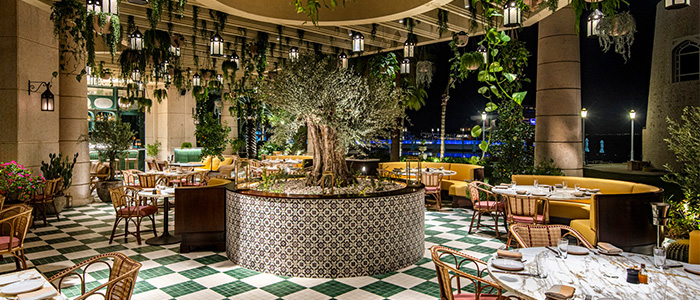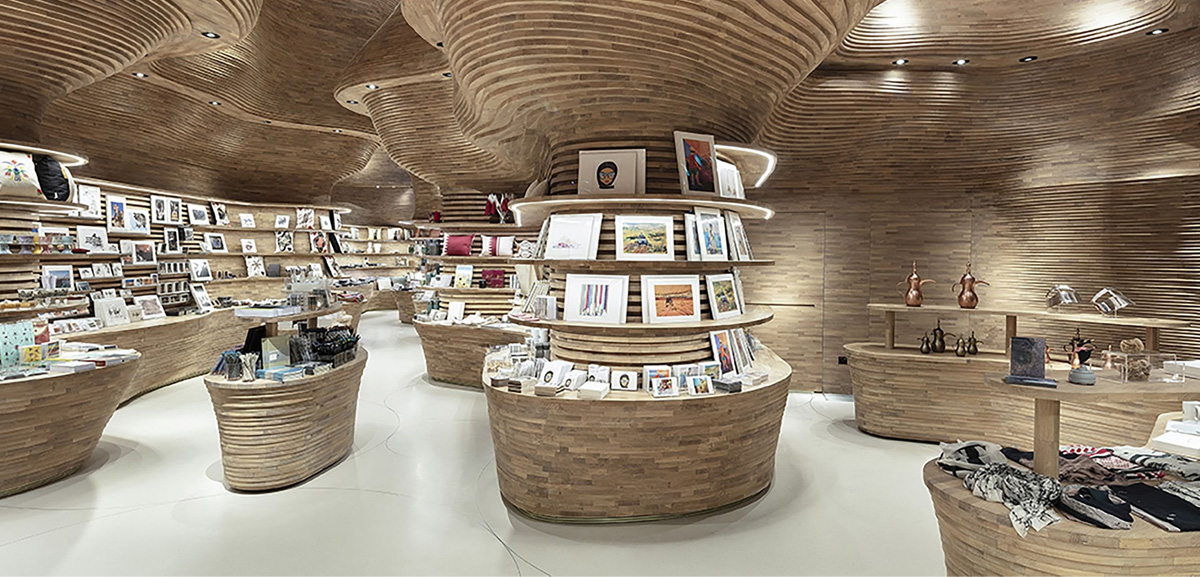Qatar’s integration of its own history into the modern era has proven awkward. Doha’s generations and their differences have not been easily assimilated.
Where Old Doha still lives on a closed mercantile economy, the new city’s boom gives it a Western feel. A petri-dish for international architects, Doha’s skyline has been host to brave and sometimes clashing ideas.
One clear need to have emerged, however, is the preservation of its people’s past. This search for familiarity has sprouted across the city, revealing unmistakable traces of the old Doha within the modern rise. Allandabout guides you through these landmark locations that weave together past and the present.

Sharq Village Spa
Source: Arab Engineering Bureau
Sharq Village & Spa bases itself on a Sheikh’s palace and offers a whole host of decadent delights. Guests are treated to the aspects of a royal court, which include a vast maze, fourteen huts for accommodation and a menu of traditional Islamic cuisine. This theme extends throughout the interior with magnificent, elegant furnishings and fittings. The décor is that of Qatari luxury, and provides and oasis-like atmosphere to sooth visitors. The Hotel itself is marbled in a regal fashion. Operated by the Ritz, the hotel is open for business and can be found on Doha’s West bay.

Source: Archdaily
The Burj Tower is one of Qatar’s most iconic. As a symbol of Islamic heritage, it’s the most remarkable on this list. The design expresses ancient Islamic techniques with pragmatism. The outer layer is inspired by “mashrabiya” screens found in traditional Islamic architecture. They protect from heat, glare and sand storms. Lit by a LEDs, the burning beauty of the design is a warming spectacle for lovers of Islamic heritage. This vast building, encompassing 10,000 square metres, 46 floors above and 3 below, mimics domestic techniques found in the earliest Qatari dwellings. The built-in spire atop the building is also a lightning rod!
Going back into history, the main references for Qatar’s architectural identity are the Old National Museum, Souq Waif and the handful of forts located around Doha. As these landmarks become gradually outdated, retaining their legacy in new Doha will become more imperative for future planners, and an increasingly more elaborate challenge for the City’s architects.
For More on Art & Culture in Qatar click here
By: Alex Glendinning






Leave A Comment
You must be logged in to post a comment.